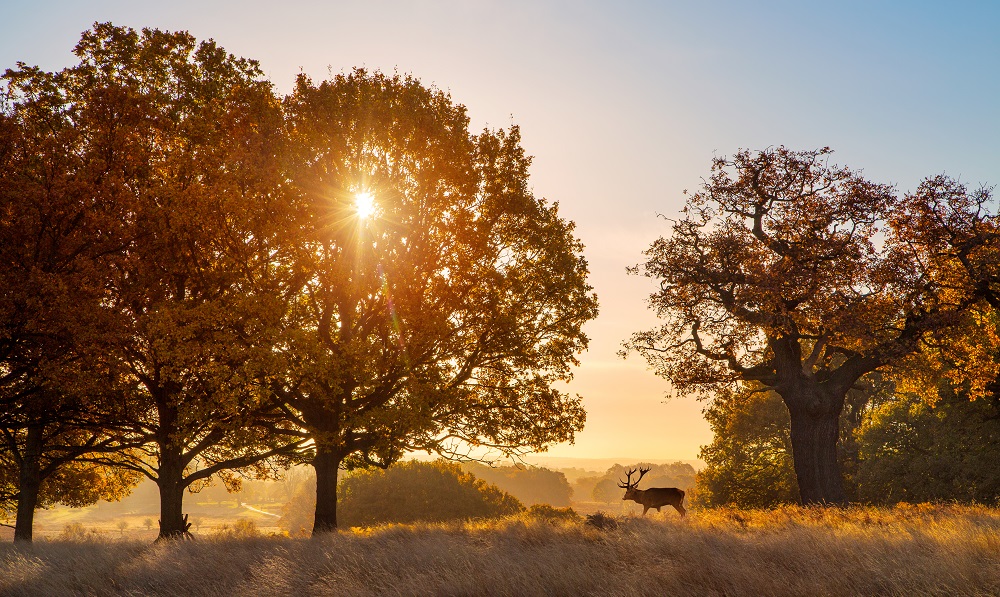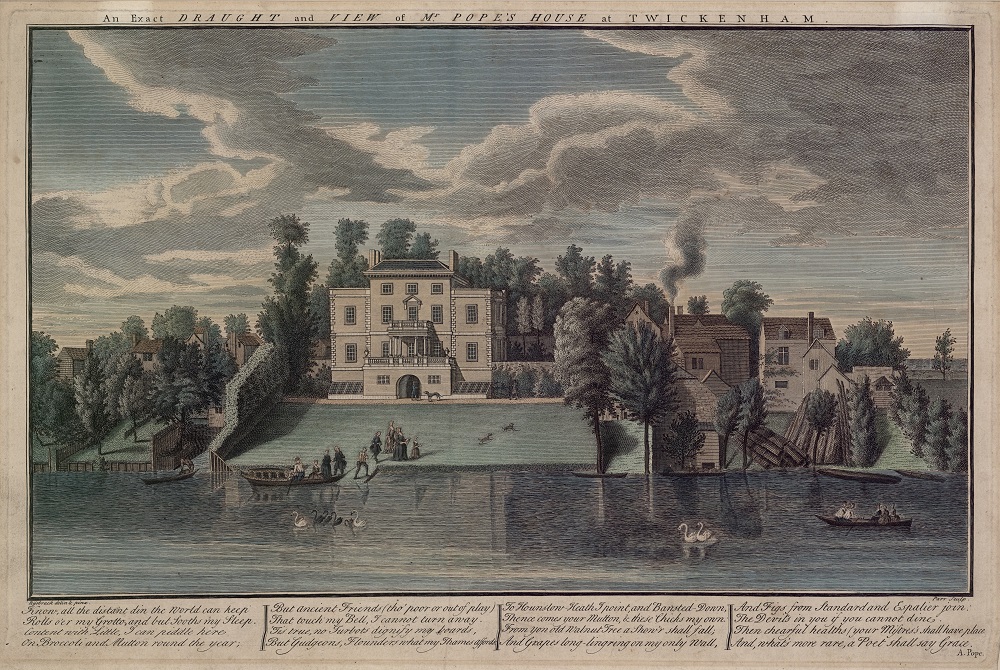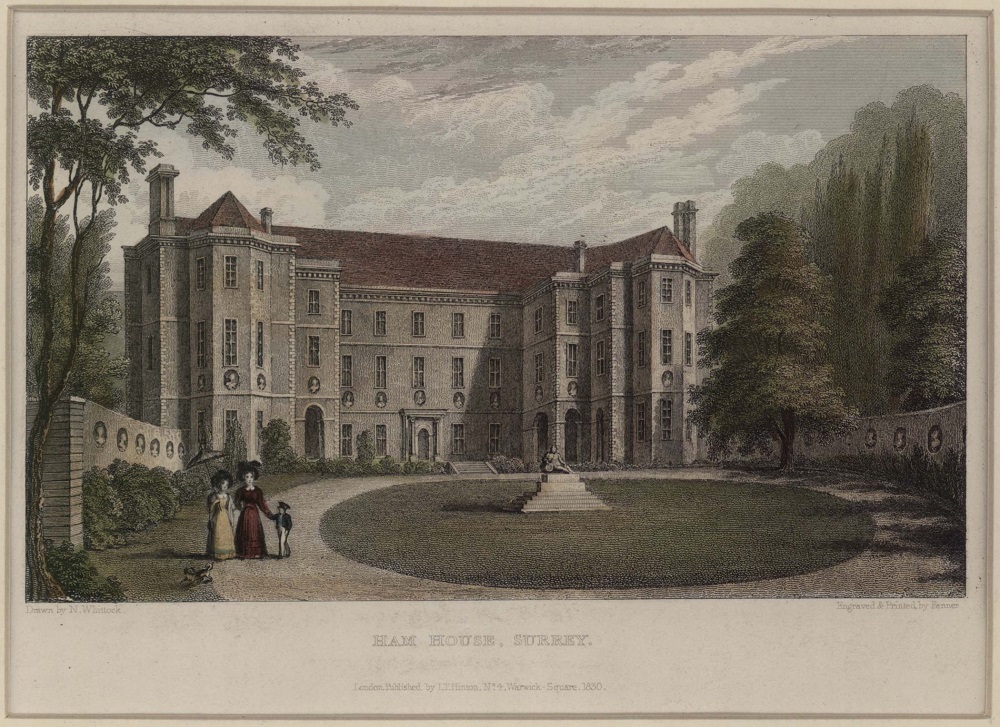
A literary trail through Richmond you can’t miss
A literary trail through Richmond you can’t miss
The borough has many fascinating connections with literature and some of our most famous writers, past and present. Richmond Libraries tells us more…
If you were asked to name an English novelist off the top of your head, who would you name? Charles Dickens, George Eliot, or Virginia Woolf perhaps? These are just three of the iconic literary figures who have strong links to the borough. Mary Ann Evans was living in Richmond when she started her first novel and assumed the name of George Eliot. Woolf lived in Richmond and together with her husband started Hogarth Press here. Dickens fans will also no doubt recognise the influence his frequent stays in the borough had through the mentions of local sites on his literature. Richmond Green, the Hampton races, Ham House and Eel Pie Island all feature in his books.
It’s not only these three novelists who called our borough home. Poet Alexander Pope built Pope’s grotto during his life in his beloved Twickenham home. Author and historian Horace Walpole lovingly created the faux gothic landmark of Strawberry Hill House. He even wrote The Castle of Otranto, widely considered to be the first Gothic novel, after having a nightmare one night in the house.
Bertrand Russell grew up at Pembroke Lodge in Richmond Park, and returned to Richmond when he received the Nobel Prize for Literature in 1950. 400 years earlier, scholar and occultist John Dee was creating what would become one of the biggest libraries in England in Mortlake. Literary pilgrims can find the final resting places of poets, novelists, playwrights and scholars in graveyards around the borough. The memorial erected to Alexander Pope in Twickenham Parish Church reads, “for one who would not be buried in Westminster Abbey”.
Not to be outdone by its residents, the borough itself has become a favoured literary setting over the years. Alongside Charles Dickens, Virginia Woolf also set stories in the borough. The most obvious of these is Kew Gardens. Teddington and Mortlake are mentioned in Philip Pullman’s Northern Lights; the protagonist in H.G. Wells’ The Time Machine lives in Richmond; even Jane Austen mentions Richmond and Twickenham in Emma and Mansfield Park. Richmond’s sweeping natural vistas continue to be a source of inspiration today. Anyone reading Amanda Robson’s Envy will recognise the streets of Twickenham as they are walked by the characters.
Richmond borough today is a hub of literary activity. There is Richmond Literature Festival, four independent bookshops, a local publisher, and a wealth of authors. Our library service ranks as the best in London (and even England) for the number of book loans per 1000 people. Not to mention we also have oldest serving public library in London. You can find out more about the history of Richmond Borough in our collection of Local History Notes, available from the Libby eLibrary app or the Libraries portal on the Richmond Council website.
This year is the 30th edition of the Richmond Literature Festival, and we are excited to celebrate and share our rich literary history. We will be looking back to pioneering local figures from our history to help embolden us for what lies ahead. The programme also features some of the most celebrated contemporary writers in Britain.
Richmond Literature Festival takes place from the 5-21 of November and tickets are on sale now at richmondliteraturefestival.com








